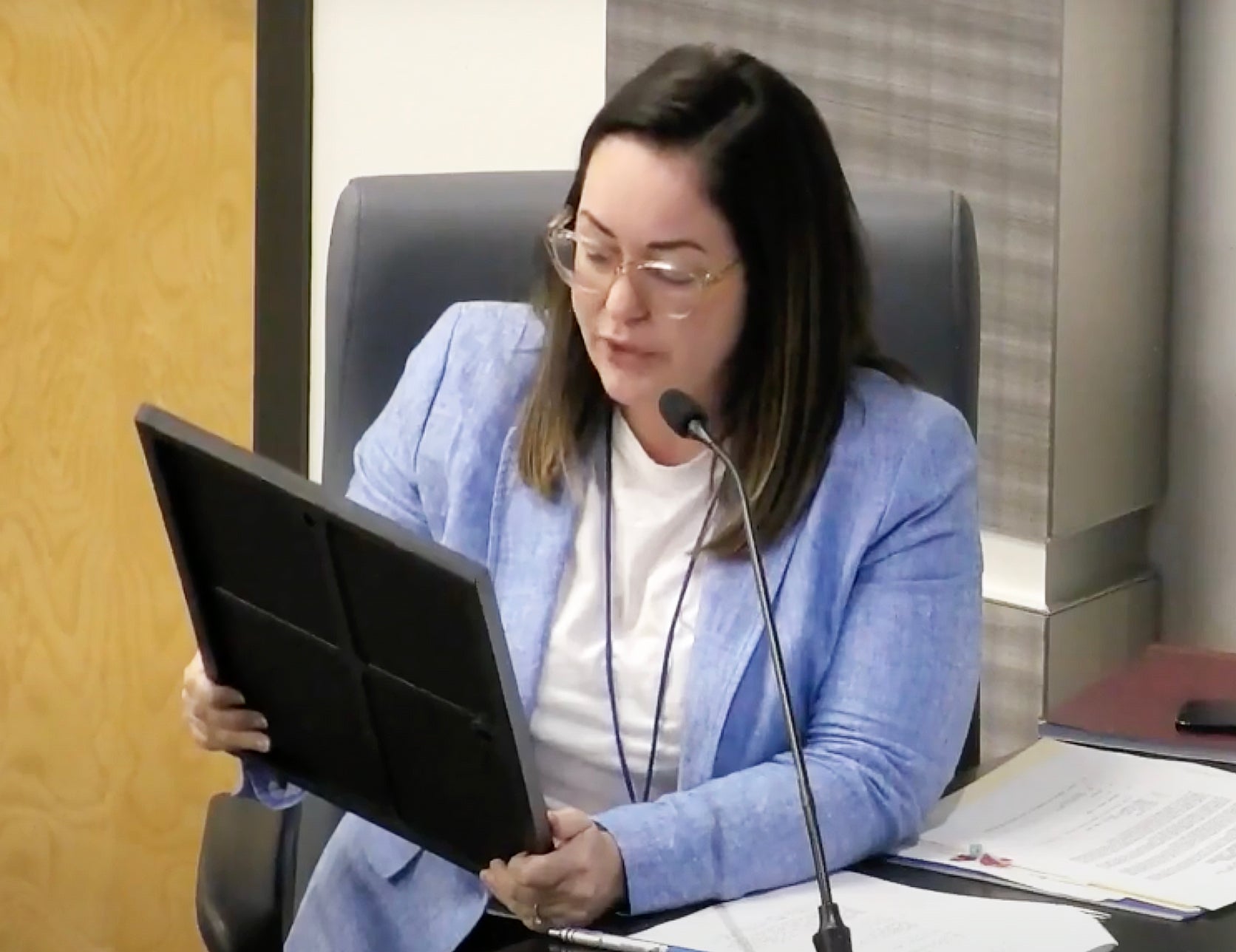Better drinking water on its way to St. John Parish
Published 12:00 am Wednesday, March 21, 2007
By BEN LUNDIN
Staff Reporter
LAPLACE – Arguably the best drinking water in the country should be arriving in LaPlace on August 15, when the new nanofiltration system is completed, according to Parish Engineer C.J. Savoie.
The $3,337,000 filtration plant, a relatively new technology that uses pressure to drive out harmful organic byproducts known as trihalomethane, was delayed from its originally planned completion date in April when General Electric failed to complete its contracted fabrication as scheduled.
However, Savoie suggests the company may have caught up with a possible backlog that came as a direct result of Hurricane Katrina, when hard-hit areas needed components to replace damaged infrastructure.
The system will help St. John Parish comply with a new Department of Health and Hospitals requirement that lowered the maximum trihalomethane levels from 100 to 80 parts per million, by producing crystal clear water with approximately 40 parts per million of trihalomethane, according to Savoie.
Parish officials expect the plant to also have two 500,000 gallon elevated water tanks on August 15th, which will be filled at night to help replace one million gallons lost per day during filtration and to provide a constant supply of the plant’s seven million gallon capacity to meet the LaPlace community’s approximate consumption of 6.5 million gallons per day.
The St. John Parish Council rejected its only bid for one of the tanks earlier this year when the offer came in slightly over their estimations, but representatives are advertising for two tanks in a variety of media outlets. Savoie stated in a council meeting earlier this year that a charge of roughly $1 million per tank would be appropriate.
The estimated $5.3 million for the filtration plant and water tanks will come from $.95 million set aside in 2004 by parish officials for water system improvements. The facility’s filter will need to be replaced every five years at a cost of approximately $150,000, according to Savoie.
The plant, which will be located at a booster station about one half mile west of Highway 51 near Interstate 10 and Woodland Drive, is under construction by D&O Contractors Inc.
The decision to implement a nanofiltration plant as opposed to other systems came after Savoie and Utility Director Ralph Bean scoured cities throughout the United States and analyzed the available options, eventually deciding to use nanofiltration over a system employing crystals that had been tested little and existed only in Florida.
“What people don’t know is how much research we did. We felt we were going to be on the chopping block and people are going to look back and say Chuck Savoie put that in,” Savoie said. “We did, and we’re proud of what we did. We feel we got the best possible system for the most reasonable amount of money.





